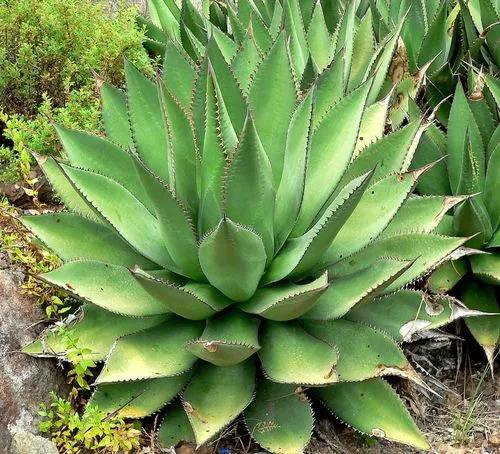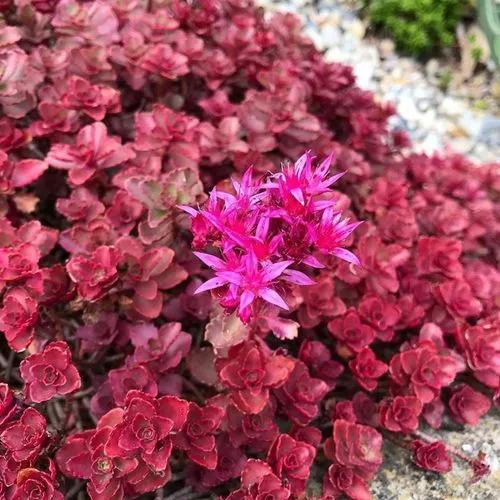Lithops fulleri is a gorgeous tiny desert plant that wants you to think it’s a rock. The plant comes in different colors and requires lots of sunlight and sparse watering. Mature plants divide and form a clump of spotted rocky plants.
Lithops fulleri Care
Lithops pseudotruncatella



Lithops fulleri is a succulent flowering plant native to the Republic of South Africa. Lithops fulleri is often considered a subspecies of a highly variable Lithops julii. The whole genus of Lithops is referred to as “living stones” that are a part of the Aizoaceae family. Almost all these plants are succulents and resemble stones.
This plant has a barrel-like stem and consists of two opposite leaves with a window to filter lighting. Every spring, Lithops fulleri splits and gives way to a new set of leaves, replacing the old ones. In fall, this species produces a sweet-scented daisy-looking white flower.
The flat leaves are highly variable in color. Some specimens are opaque, whitish-gray, and almost uniform colorwise. Others are opaque but strongly reticulate with thin, depressed brown spots that look like islands.
How to Care for the Plant

Water

You need to water this plant only when the soil is parched, and the plant looks dehydrated and wrinkly. Stop watering during winter and reduce watering in the summer heat since it requires two dormancy periods.

Pruning

There is nothing to prune as lithops always have only one set of leaves.

Fertilizer

Usually, no fertilizing is needed. Lithops get enough from their infertile soil and water you give. If you want to induce better growth and flowering, you may add once or twice a year just a little bit of mineral fertilizer low in nitrogen. A quarter of recommended amount would be their maximum.

Sunlight

Lithops fulleri needs as much sun as possible, especially indoors. This plant requires around 10-12 hours of bright sunlight to thrive.

Soil

Lithops fulleri would love mineral soil, so ensure the mix is low in organics. An ordinary succulent potting mix should be an excellent choice. Adding some fine gravel or pumice would make the soil porous and well-drained for this desert dweller.

Propagation

Lithops fulleri can be propagated from seeds or by head division. Both methods are possible once the plant is over 2-3 years. Propagation from seed is way more productive, allowing to spawn dozens of new plants with only two.

Temperature

The best temperature for most succulents is 64-77˚F (18-25°C). The plant can tolerate slight deviations, especially up rather than down, but stops growing in this case. Lithops fulleri can’t take any frost.

Container

Since Lithops are susceptible to overwatering, provide them with a small pot that won’t hold too much water. Drainage holes are a must for any lithops species. The material and shape don’t matter. However, tall terracotta pots are preferable because of faster evaporation and room for long roots.

Fun fact

The main difference between Lithops fulleri and other Lithops from julii group is the absence of “lip-smears”, red lines around the growth point.

Popularity

3,047 people already have this plant 443 people have added this plant to their wishlists
Discover more plants with the list below
Popular articles






